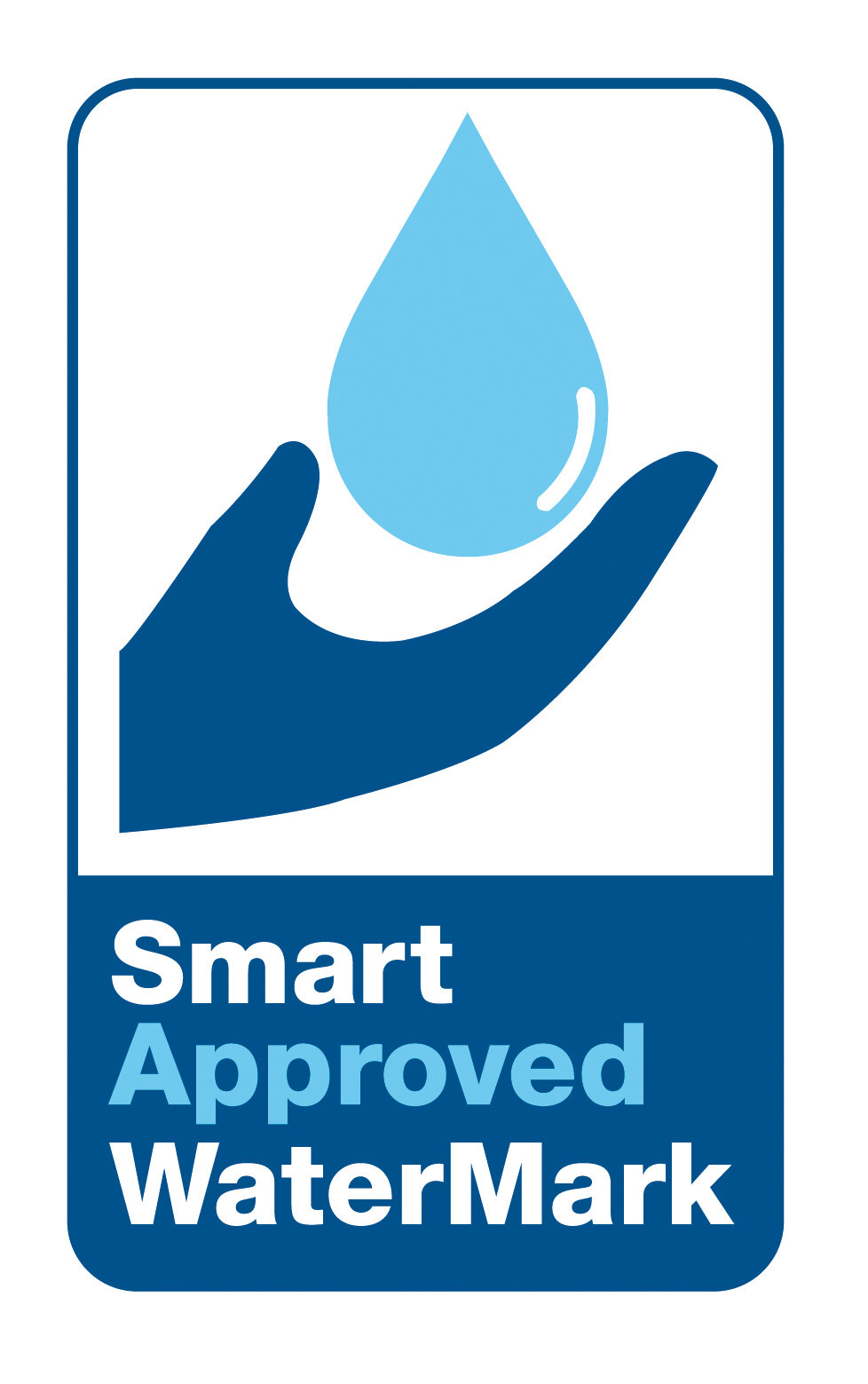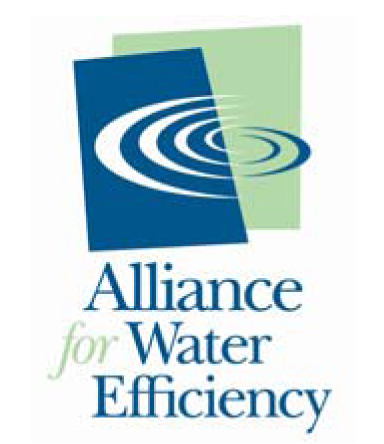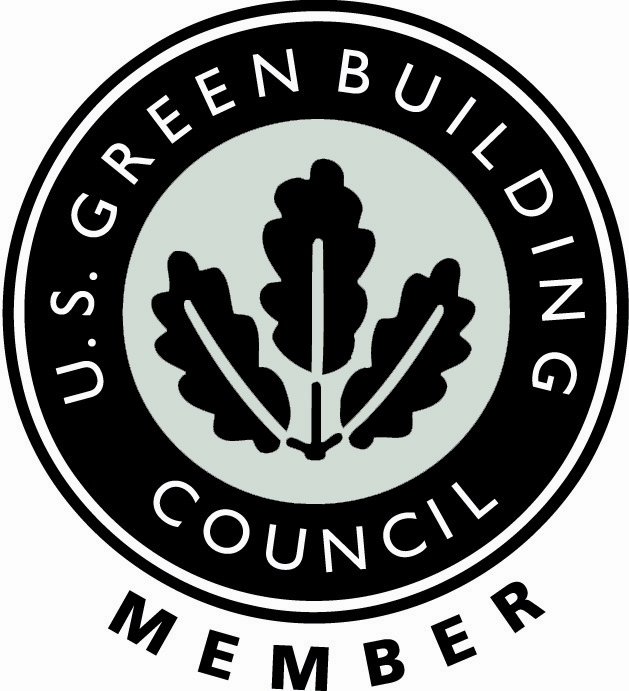The Earth must have clean, fresh water for every living thing on this planet. We do that by protecting this, our most precious resource, and using water more efficiently. Waterless Co., Inc honors and celebrates Earth Day, not only on April 22 of each year, but throughout the year.
To help us better understand the importance of this world event, here are two things you may not know about Earth Day, along with ten quotes to honor this special day:
What It's All About
Earth Day is an annual celebration that honors the achievements of the environmental movement. It raises awareness of the need to protect Earth's natural resources for future generations. Earth Day is celebrated on April 22 in the United States and most areas of the world.
Why April 22?
Earth Day falls on April 22. The day was chosen by the original event's organizer, Wisconsin Sen. Gaylord Nelson, for simple reasons. Earth Day was an event focused on college students. April 22 did not interfere with Spring Break, final exams, or major religious holidays such as Easter, and it was late enough in spring to anticipate decent weather for outdoor activities.
10 Earth Day Quotes to Honor this Special Day
1. "The greatest threat to our planet is the belief that someone else will save it."— Robert Swan.
2. "If every day were Earth Day, we wouldn't be in the mess we're in."— Neil deGrasse Tyson.
3. "I only feel angry when I see waste. When I see people throwing away things we could use."— Mother Teresa.
4. "You are not Atlas carrying the world on your shoulder. Remember that the planet is carrying you."—E. E. Cummings.
5. "If you can't be in awe of Nature, there's something wrong with you." —Alex Trebek.
6. "It looks big, Earth. But there are lots of us here (7,523,458,567 and counting), so be kind." —Oliver Jeffers.
7. "Earth rejoices our words, breathing, and peaceful steps. Let every breath, every word, and every step make mother earth proud of us."― Amit Ray.
8. "No one comes from the Earth like grass. We come like trees. We all have roots." —Maya Angelou.
9. "The world is mud-luscious and puddle-wonderful." —E. E. Cummings.
10. "Even if you never have the chance to see or touch the ocean, the ocean touches you with every breath you take, every drop of water you drink, every bite you consume. Everyone, everywhere, is inextricably connected to and utterly dependent upon the existence of the sea." —Dr. Sylvia Earle




















